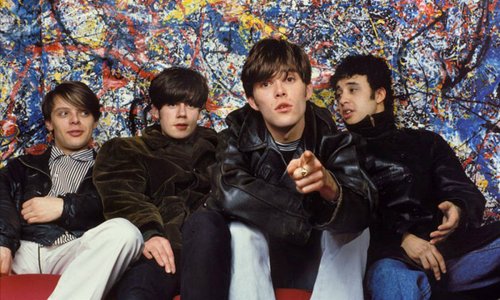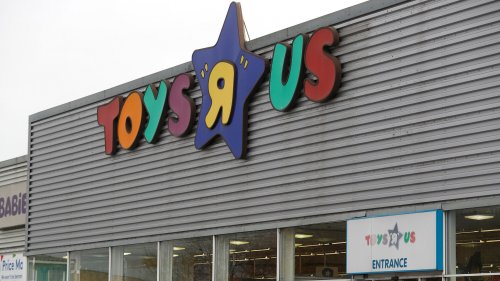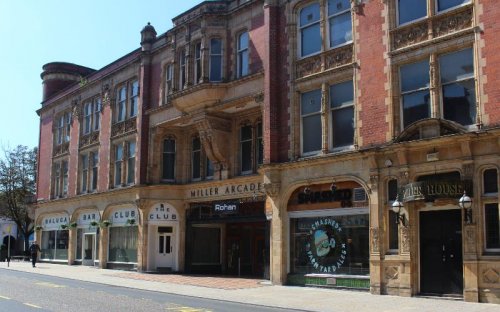
Buildings of Distinction - The Bridgewater Hall - Manchester
Nov, 14 2025
Nestled in the cosmopolitan city of Manchester is The Bridgewater Hall – a concert venue which, at the time of building cost approximately £42 million to build back in the 1990’s and is able to host over 250 performances on an annual basis.
It is home to the 165-year-old Hallé Orchestra as well as to the Hallé Choir and Hallé Youth Orchestra and it serves as the main concert venue for the BBC Philharmonic.
The building rest on a bed of 280 springs designed to insulate it from external sound. The building itself is named after the Third Duke of Bridgewater who commissioned the eponymous Bridgewater Canal that crosses Manchester, although the hall and waterside frontage is situated on a specially constructed arm of the Rochdale Canal.
The Bridgewater Hall was intended to replace the concert venue in the Free Trade Hall after it was damaged in the Second World War. It underwent repair and renovation in 1950s. The Free Trade Hall was a popular venue however it lacked a good sound and facilities for the public were poor.
By 1988 the Central Manchester Development Corporation was initiated. It appeared plans were underway to replace The Free Trade Hall which ultimately became The Bridgewater Hall with it’s first concert on 11th September 1996 and an official opening on 4th December by the late Queen and her husband the Duke of Edinburgh.
Recently it celebrated a milestone and the following video is a celebration of such an occasion –
Yes a great deal of work has gone on behind the scenes to make it The Bridgewater Hall we all know and love. But the design itself was a joint venture between Manchester City Council and the Central Manchester Development Corporation who obtained funding from the European Regional Development Fund.
The architects were RHWL and the builders were John Laing. The acoustics were designed by Rob Harris of Arup Acoustics; his colleagues at Arup were the building engineers. The Bridgewater Hall can seat 2,341 people over four tiers in the auditorium: the stalls, choir circle, circle, and gallery.
The main auditorium sits on a foundation of earthquake-proof isolation bearings that insulate it from noise and vibration from the adjacent road and Metrolink line. The hall's 26,500 tonne superstructure rests on 280 GERB isolation bearings consisting of rows of steel springs between concrete piers. The Bridgewater Hall is the first concert hall built with this technology.
The structure is mostly formed from solid, reinforced concrete, moulded and cast like a vast sculpture. The auditorium has a double-skinned roof with a stainless steel outer shell. The lower part of the hall is built of deep red sandstone from Corsehill Quarry in Annan, the upper walls are clad in aluminium and glass. The interior uses Jura limestone.
As you enter the hall the main attraction is the £1.2 million pipe organ with 5,000 pipes and four manuals built by Marcussen & Son. At the time of building it, it was the largest instrument to be installed in the UK for a century.
On the plaza outside is the "Ishinki Touchstone", a sculpture by Kan Yasuda made of polished Italian Carrara marble which is white streaked with bluish-grey. The stone weighs 18 tonnes and was installed in August 1996. Its £200,000 cost was financed by the Arts Council, Lottery Fund, Manchester Airport and Manchester City Council. To prevent vandalism, the stone is coated with an anti-graffiti solution.
Since it’s opening on 11th September 1996 it has been home to –
- The Hallé Orchestra
- The Hallé Choir and the Manchester Boys Choir
- A regular venue for concerts by the BBC Philharmonic and Manchester Camerata.
For more information simply visit the following website link –
https://www.bridgewater-hall.co.uk/
Not only is it a super cool venue on the exterior and interior but it also prides itself on hosting conferences and annual presentation evenings for students at the local University in Manchester. Graduation ceremonies have been a regular occurrence since the early 2000s. This introduces the concept that if young people attend these events they may feel inclined to go to a performance of their favourite artist or band in the future. The next generation can help to continue the ongoing interest that has kept The Bridgewater Hall so alive, so captivating and so exciting now and in years to come.
^Alex Ashworth CCG Content Creator






